The Russian International Transport and Logistics Forum PRO//MOTION.1520 is usually held in Sochi and attracts delegates for many countries. Not surprisingly, this year it was held online. Its “Green Swan Solutions” session considered environmental initiatives and took place at the same time as the RIA Routes to Zero Carbon Rail webinar. With the Russian forum recorded for later viewing, it was interesting to be able to compare these simultaneous events.
Introducing this session, Russian Railways chief engineer Sergey Kobzev highlighted his company’s environmental credentials. Employing 700 environmental managers, Russian Railways has an environmental educational programme for school children and has policies that protect vulnerable ecological systems that include the requirement to plant seven trees for each one it cuts down.
World leading
Sergey advised that the company saw electrification and measures to reduce energy savings as key to reducing emissions. Russian Railways has reduced its carbon emissions by 85 per cent since 2003 and, he claimed, is a world leader in having the lowest rail freight train emissions. In 2015, these were just nine grammes per tonne kilometre, compared with the UK figure of 33.
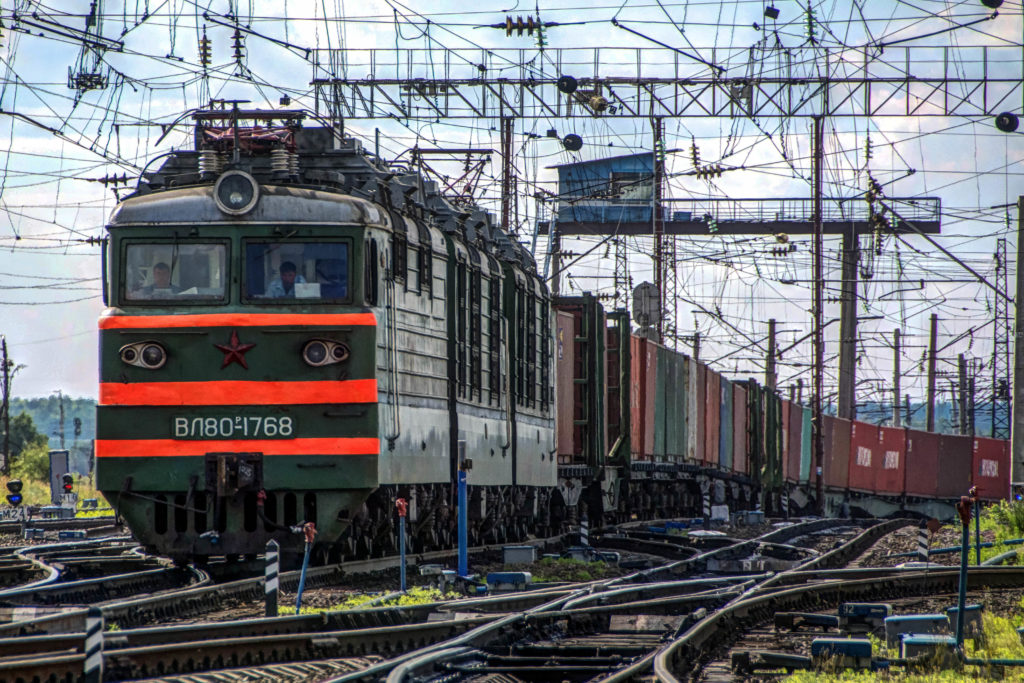
More than half of the 85,500km Russian rail network has now been electrified and electric trains carry 85 per cent of all rail passenger journeys. Of the 2,653 billion tonne kilometres (tk) of freight carried by Russian Railways, 87 per cent is hauled by electric traction. This volume is forecast to increase to 3,166 billion tk by 2025, with much of it forecast to increase on far eastern non-electrified routes. Hence the company has an electrification programme there to maintain its high level of electric freight haulage.
It also has plans to spend almost two billion euros on 1,000 electric locomotives over the next three years and to increase its fleet of Lastochka EMUs from 183 to 270 by 2021. These investments are being financed by Green Bonds – Russian Railways is one of the first Russian companies to use this type of investment finance.
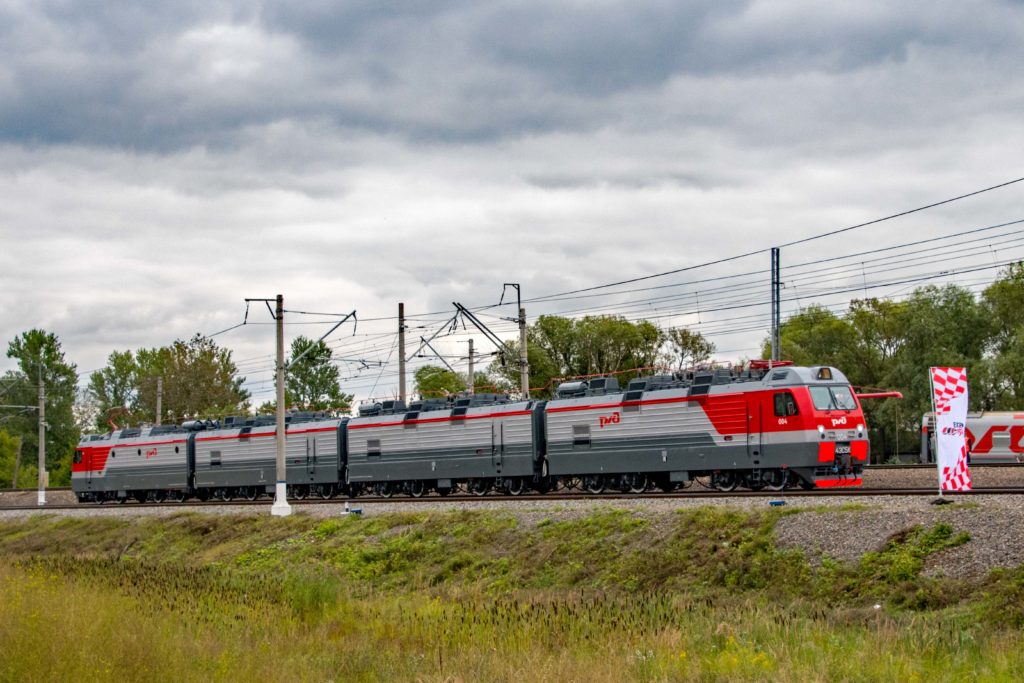
Since 2012, Russian Railways has equipped over 4,000 locomotives with active driver-advisory systems, which now operate on 7,500 route kilometres and are currently saving 1.2 billion kWh per annum.
Finnish diesels
Tatu Tuominen, senior vice president of Finnish Railways, does not believe that hydrogen or battery traction could replace his company’s 222 aging diesel locomotives which form 58 per cent of the locomotive fleet. He felt that modern diesel traction could significantly reduce emissions. For example, Finland took delivery of the first two of nine Wabtec 1525mm-gauge Powerhaul locomotives in June. These have a 2,760kW diesel engine with common-rail fuel injection and are fitted with AC traction that has individual axle control, resulting in an 18 per cent reduction in fuel consumption compared with current locomotives.
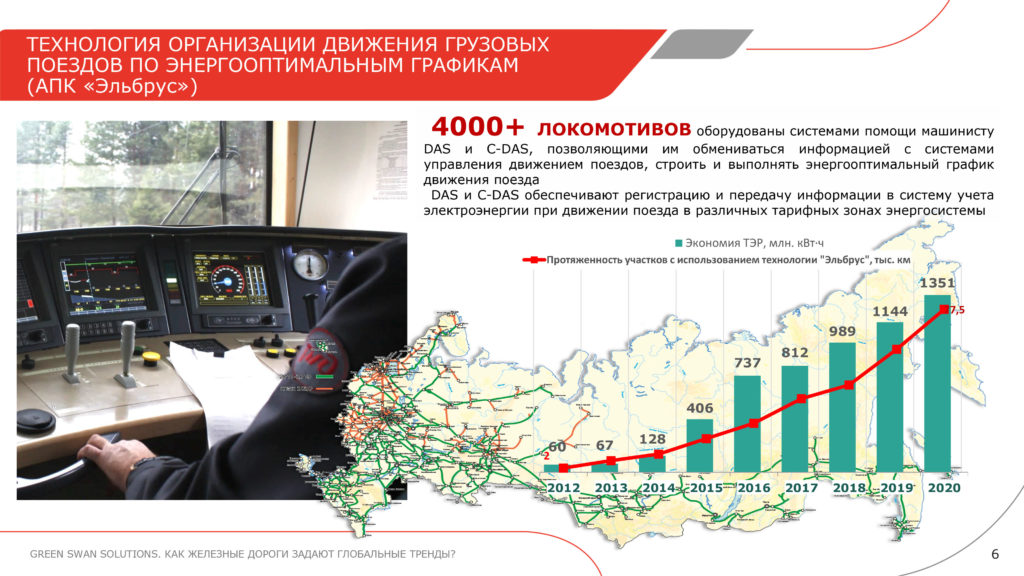
Finland also ordered 60 diesel locomotives from Stadler in 2019 in a contract worth 200 million euros, with an option for a further 100 locomotives. These have a central cab and can be used as either remote-controlled shunting locomotives or on the main line, where they have a maximum speed of 120 kilometres per hour. They have an AC traction system with one inverter per axle for better adhesion performance. Their maximum starting tractive effort of 346kN enables them to haul a two thousand tonne train.
Alternative Traction
The technical director of Transmashholding, Mikhall Rozhkov, advised that his company is developing locomotives powered by Russia’s abundant Liquid Natural Gas (LNG). Although not zero-carbon, he advised that typical diesel and LNG freight train CO2e emissions were respectively 750 and 500kg per kilometre and that LNG also offers a significant reduction in harmful emissions.
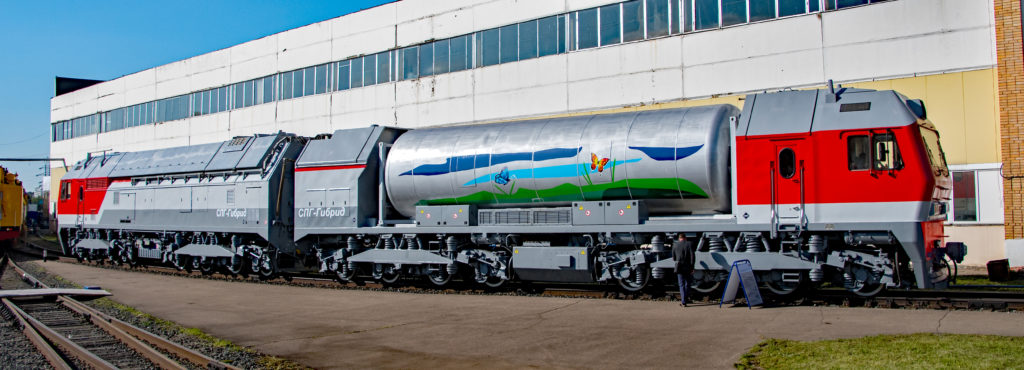
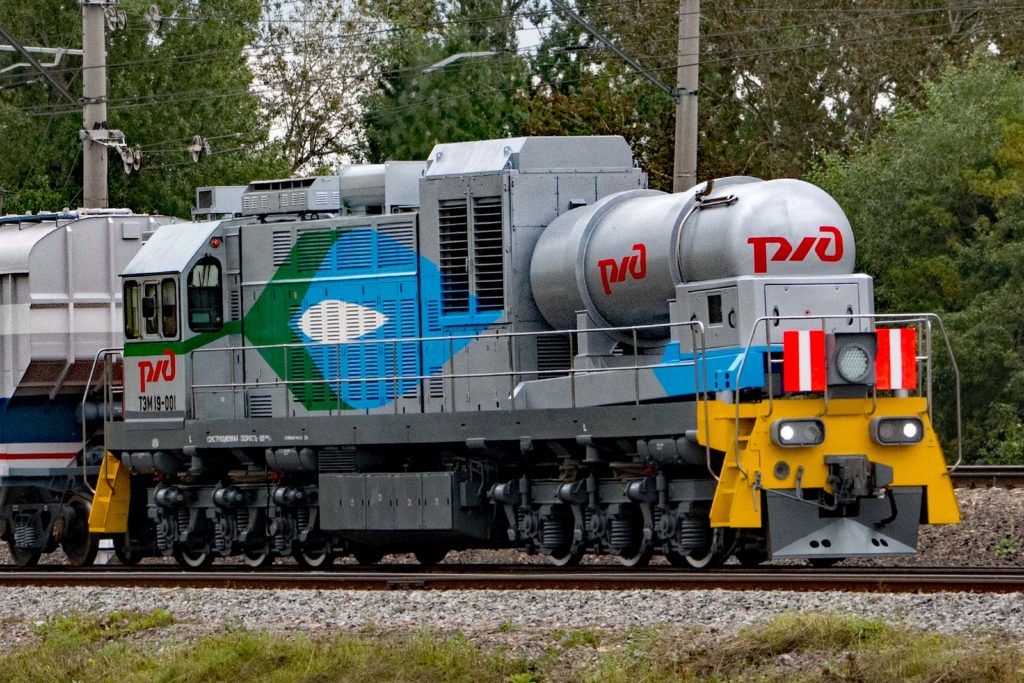
He also mentioned that his company had considered the use of batteries on freight trains. Whilst they have potential for last mile use, he noted that, if a typical 6,300 tonne freight train was to have battery traction on the main line, it would need 24 cars carrying batteries!
There was some discussion about hydrogen trains at the conference, as Philippe Pegorier of Alstom Russia described the iLint and Alexander Liberov of Siemens Russia described his company’s proposal for a hydrogen variant of its new Mireo train platform. He also mentioned that his company is to develop a high-speed train jointly with Russian Railways, with 80 per cent of its value manufactured in Russia. Energy efficiency, and in particular aerodynamics, is to be a particular aspect of its design.
Russia’s first hydrogen train is also to be produced in Russia. Transmashholding’s Rozhov advised that his company is to build this train, which is the subject of an agreement with Russian Railways, Rosatom State Atomic Energy Corporation, and the Sakhalin Region. Rosatom is to supply the hydrogen equipment and the train is expected to be operational on the far-eastern island of Sakhalin in 2024.
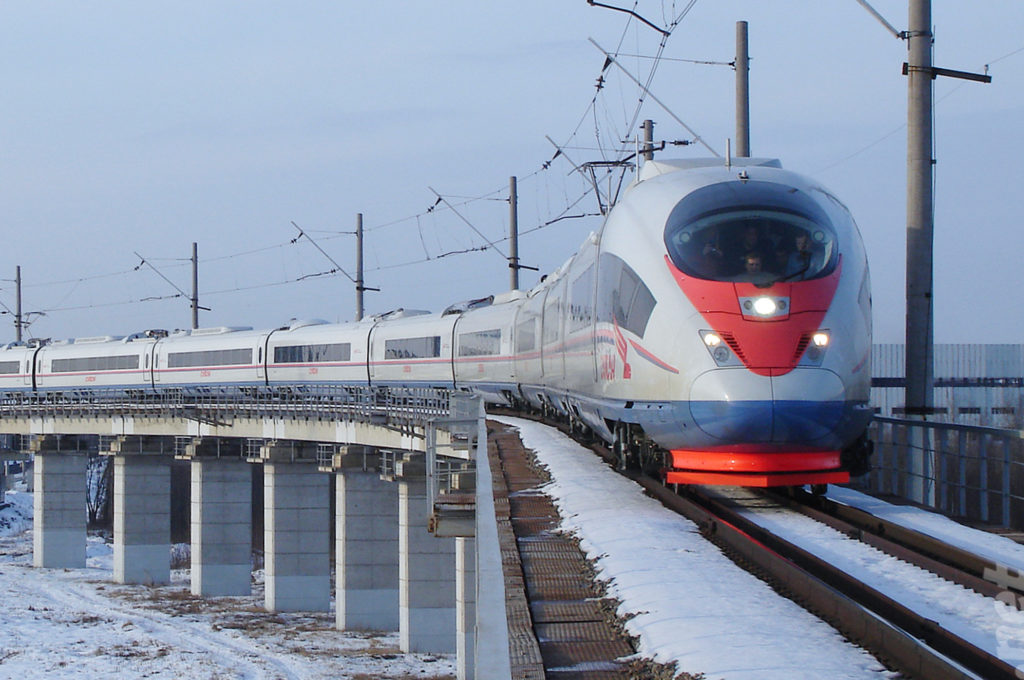
International events provide a worthwhile insight into how other railways are addressing the decarbonisation challenge. This was clearly a priority for those at this Russian forum, most of whom were concerned with heavy-haul rail freight. For them, electrification and modern diesel traction are considered to be the way forward, with perhaps a role for LNG locomotives.
For me, the most interesting comparison was worldwide railway emissions records, which showed that Russia is indeed a world leader, at least so far as rail freight emissions are concerned.

